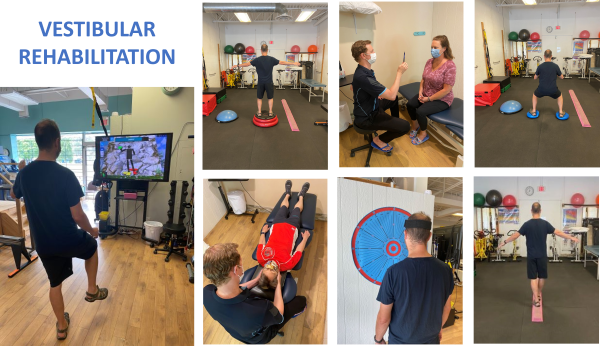
Do you have inner ear problems or suffer from balance issues and dizziness – could vestibular rehabilitation help you?
Has your doctor diagnosed a condition known as a vestibular or inner ear disorder? There is a specific diagnosis and vestibular rehabilitation protocol that can help you in the recovery path.
This post will explain:
- what is a vestibular/inner ear condition
- what is vestibular rehabilitation (VR)
- what is the rehabilitation process
- who can diagnose the condition
- who treats the condition, and
- where to find a recognized practitioner
What is a vestibular/inner ear condition?
Many people experience very real symptoms of dizziness and balance disturbance due to a problem with the function (or dynamics) of the balance system, and not due to a structural vestibular or neurological disease.
These symptoms have many different names but are often described as ‘functional disorders’. Symptoms like these can also improve with VR.
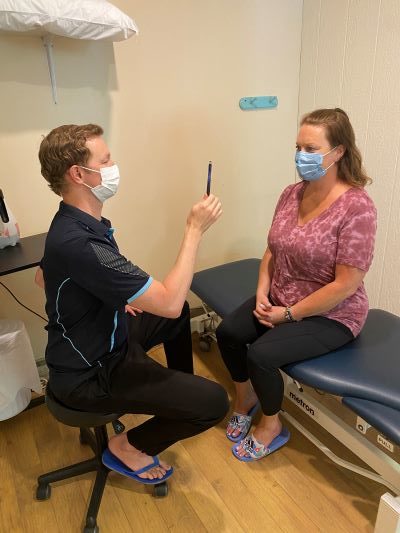
Who can benefit from vestibular rehabilitation?
People with inner ear (vestibular) and central (brain) disorders can be helped with Vestibular rehabilitation (VR).
There is evidence that suggests that an individualized exercise program is better than a generic exercise program.
What is vestibular rehabilitation?
Vestibular rehabilitation (VR) consists of exercises to treat dizziness and balance problems. It is a very well established and accepted intervention for people suffering with balance and vestibular (inner ear) disorders.
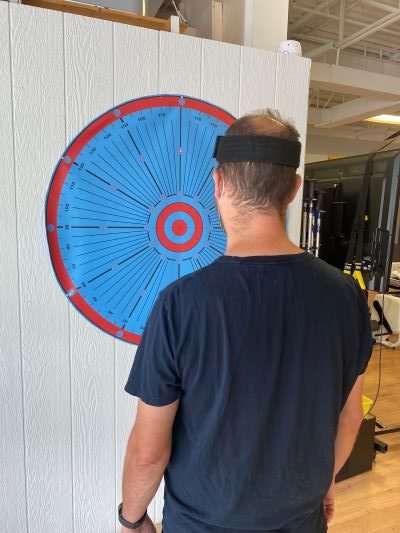
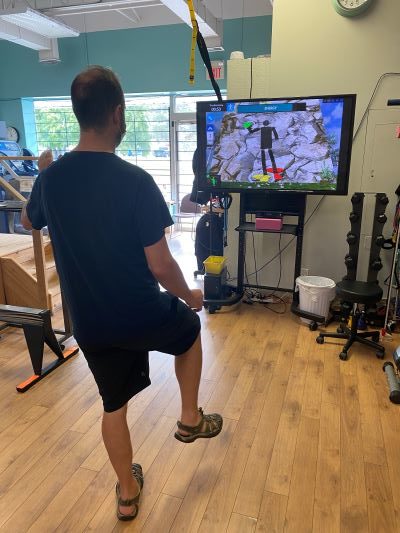
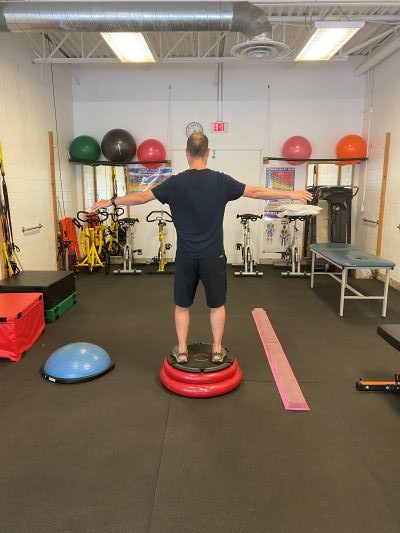
What factors are related to recovery?
The degree to which people improve depends on:
- their diagnosis
- medication use or non-use
- other health problems
- motivation
- family support
- plus other psychological factors
Who performs vestibular rehabilitation?
The following practitioners can be trained in the treatment protocols:
- physiotherapists
- occupational therapists and
- audiologists
These practitioners are specifically trained in restoring function, balance, and strength through exercise.
It is very important to know that the person administering the rehabilitation programme has knowledge and experience in treating people with vestibular disorders for optimal results.
A physiotherapist should have undergone postgraduate training in VR before treating someone with VR.
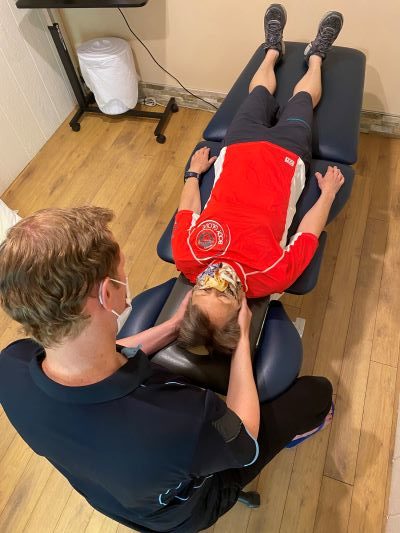
How can I access vestibular rehabilitation?
Not all physiotherapy clinics offer VR, and this will depend on your location.
Most vestibular physiotherapists accept referrals from a primary care/family doctor (GP), ENT (Ear, Nose and Throat) doctor, or neurologist. Some clinics may also accept self-referrals.
You can talk to your family doctor about what services exist in your area.
From time to time the treating therapist may use their professional judgement if additional testing or a referral is needed. This additional referral can be to a specialist usually such as an ENT, neurologist, audiologist and or other therapists.
What can I expect from a vestibular physiotherapist?
Most therapists will start by:
- asking you questions to obtain a thorough history considering the initial onset and course of your condition
- evaluate eye and head movements
- screen for the presence of Benign Paroxysmal Positional Vertigo (BPPV).
A comprehensive evaluation of standing and walking balance assessments will be performed by the physiotherapist.

The most common symptom of BPPV is dizziness — the feeling that the inside of a person’s head or their surroundings are spinning:
essentially vertigo.
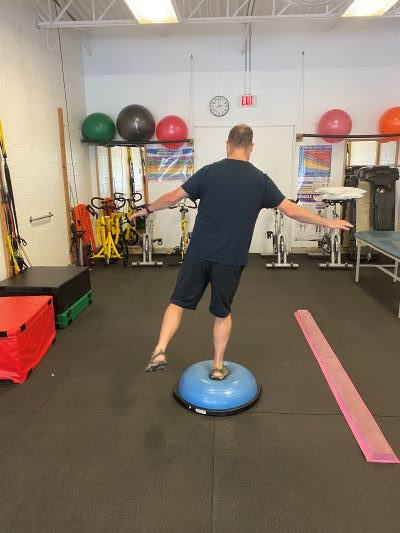
Based on the findings:
- your individual goals and expectations of treatment can then be determined
- a home exercise programme (HEP) can be developed
- the length of time seen, and number of visits needed to improve can vary
Most of the improvement occurs when you do the home exercise program.
During follow-up visits, the physiotherapist may decide to update the HEP based on your symptoms and progress with the exercises.
Sample exercises for VESTIBULAR REHAB
How long does it take to improve?
The frequency of visits can vary, and the duration of VR can last from as little as 1 to 2 weeks to several months. Appointments are usually between 30 minutes and one hour.
Your symptoms largely dictate how long the exercises last. You may experience an increase in dizziness if the prescribed exercises are too advanced, so it is important to work with your physiotherapist to make sure the exercises are appropriate for your condition and stage of recovery.
AT LIQUIDGYM, OUR PHYSIOTHERAPISTS AND HEALTHCARE TEAM, WILL WORK TOGETHER TO HELP YOU THROUGH YOUR RECOVERY JOURNEY.
CALL 613-820-8228 TO BOOK YOUR INITIAL ASSESSMENT!
Resources:
This content has been adapted from The Association of Chartered Physiotherapists in Vestibular Rehabilitation (ACPIVR).
Author
Drew Murray
Physiotherapist